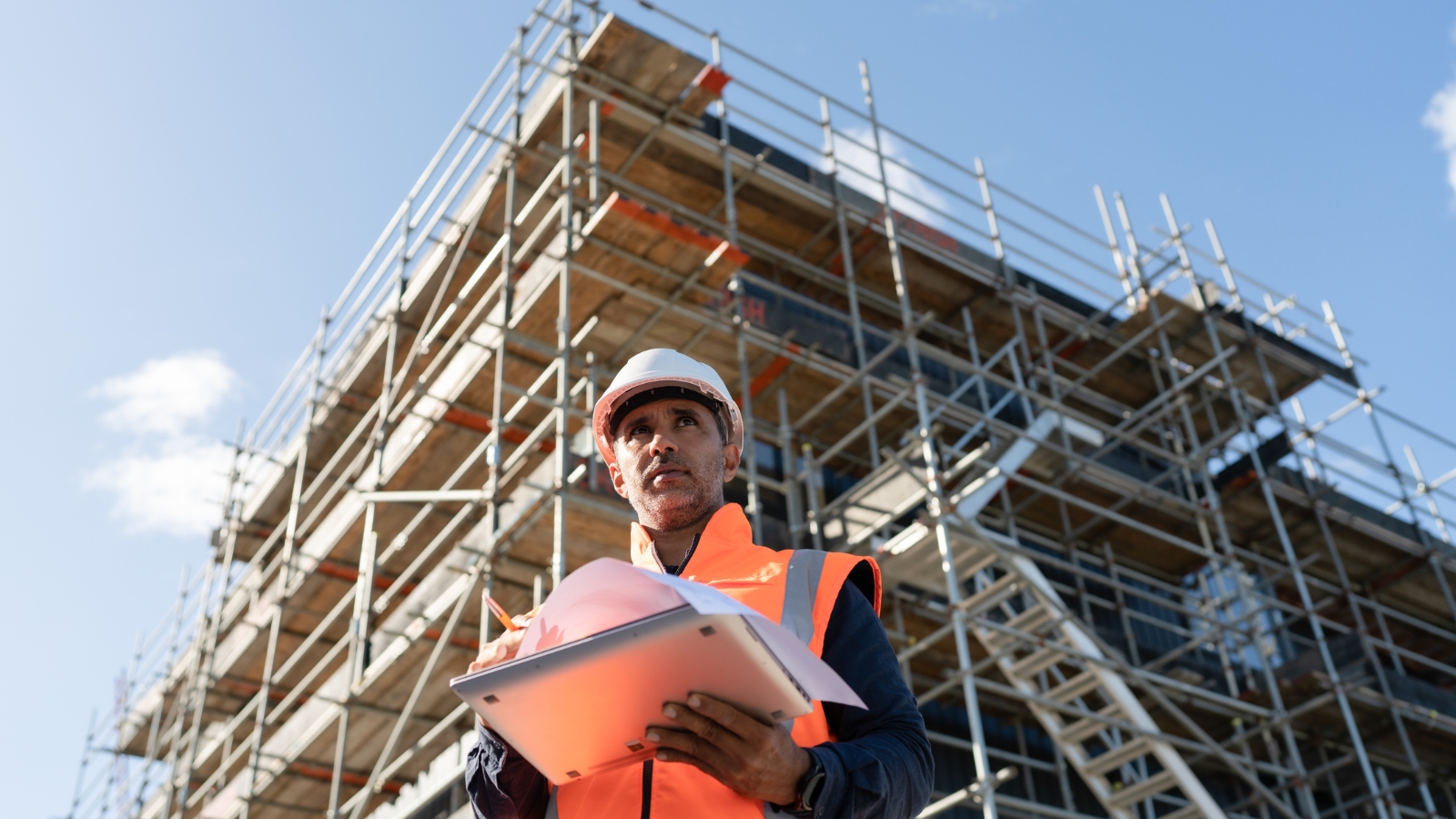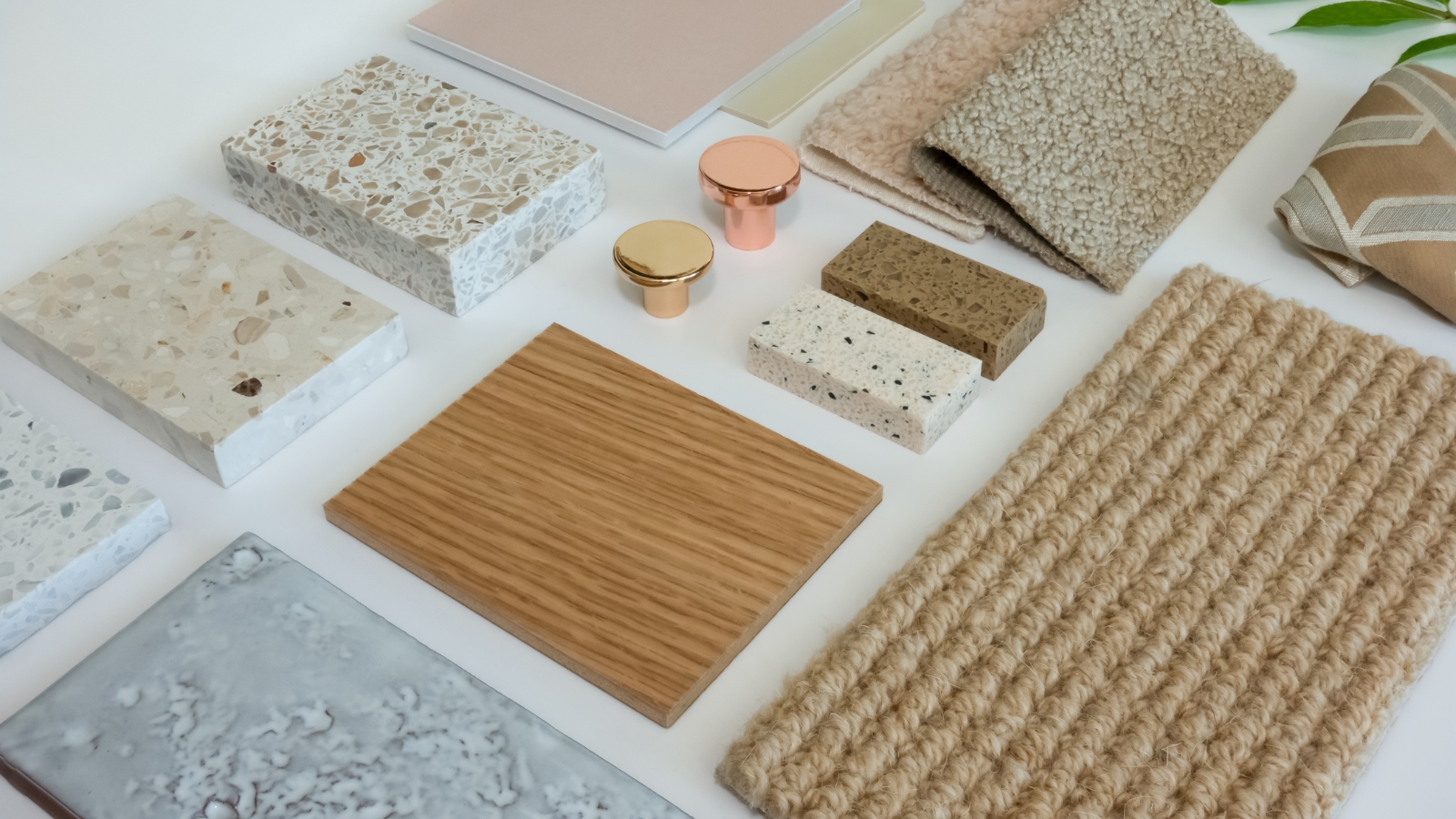Buying guide
What's the cheapest way to build a house in NZ?
Building a new house in NZ doesn’t have to cost a fortune - here’s how you can do it cheaper.

With rising costs in New Zealand, finding the cheapest way to build a house is top of mind for many. This guide breaks down practical ways to cut costs without cutting corners. From smart design choices to affordable materials and efficient building methods, we’ll cover tips to help you create a home that fits your budget and your needs.
Ready to start planning? Let’s dive in.
How to reduce the cost of building in NZ
Start with the contract
When hiring a builder, understanding your contract is key — if something doesn’t sit right, don’t sign until you’re confident about what you’re agreeing to.
Fixed-price contracts are great because they provide clarity on costs before construction kicks off. Just watch out for those sneaky escalation clauses, which could lead to unexpected costs down the line. Remember, while a fixed price sounds great, builders might pad their estimates to cover potential price increases in materials. So, be savvy.
Need to find a good builder? Start your search here.
Buy cheaper land
Land is usually the biggest cost when building a home. To save some cash, consider purchasing in a more affordable area or opting for a smaller section. Just be mindful — cheaper land might come with challenges, like being on a slope or near environmental hazards like flood plains. These factors can add extra costs to your build, so do your research.
Find cheap land for sale.
Build on a flat section
Speaking of land, if you can, choose a flat section for your build. Building on a slope can get complicated — and costly. It might set you back about $20,000 for every metre of slope, so flattening your site is often the best way to go.
Compare the latest new build listings on Trade Me.
Use standard plans
Customisation can lead to extra costs, so why not stick with standard plans? Many group home builders offer a variety of options with set cost estimates on their websites. It’s a straightforward way to keep your budget in check.
Flat sections are generally much cheaper to build on.
Consider materials, fixtures and fittings
When it comes to materials, there are plenty of choices that can help you save. Here are a few tips:
- Opt for polished concrete instead of tiles or engineered timber.
- Choose local options for fixtures and fittings over expensive imports.
- Buy appliances in advance to avoid last-minute price hikes and supply issues.
Compare prices of building materials.
Do it yourself
Feeling handy? Building your home yourself (or even partially) can lead to major savings. Just be sure to factor in the cost of taking time off work and be realistic about your skills. If you’re not ready to tackle the entire build, consider DIY projects like fencing, landscaping, or painting.
Check out our ultimate guide to outdoor DIY.
Build smaller (or try a tiny home)
The average cost of building a home in New Zealand is around $3,145 per square metre, according to Canstar. So, if you can, consider going smaller. A 150 sqm home can cost over $150,000 more than a 100 sqm home. Tiny homes are also on the rise as a budget-friendly option, so if you’re considering it, you might just join a growing trend.
Learn more about the tiny house movement in NZ.
Use a flat pack or kit set builder
Looking for a quick and affordable way to build? Modular, kit set, or flat pack homes can be significantly cheaper and easier to put together than traditional homes. You can find basic one-bedroom kit sets for under $100,000 (excluding GST), and even small three-bedroom homes can be built for under $150,000.
Explore kit set homes for sale.
By building a contigency fund into your plan you protect yourself from budget blowouts.
Plan for the worst
While we hope everything goes smoothly, it’s always smart to prepare for the unexpected. Choose your builder carefully, have that contract reviewed, and set aside at least 10% of your build cost as a contingency fund. This way, you’ll have a safety net in case prices go up, keeping your project on track.
Learn more about the unexpected costs that come with homeownership.
FAQs — Building on a budget in NZ
Got more questions about building a home on a budget? Check out these common FAQs to help you make the best decisions for your project.
1. What’s the most affordable type of home to build in New Zealand?
Building a smaller, single-story home with a simple rectangular or square layout tends to be the most cost-effective. Prefabricated homes are also budget-friendly options.
2. Can I reduce costs by managing the build myself?
Acting as your own project manager can save money, but it’s a big commitment. Be prepared to handle everything from schedules to contractor coordination. If you’re new to building, hiring a professional project manager may be worth the investment in time and peace of mind.
3. Is it cheaper to build in certain locations in NZ?
Yes, build costs vary greatly by location. Urban areas and popular regions tend to be pricier due to higher labor and land costs. Rural or less developed areas can often offer cheaper building options, but factor in any extra costs for utilities and infrastructure. See the cheapest places to live in NZ.
4. Are there financing options specifically for low-budget builds?
Yes, some banks offer construction loans tailored for budget-conscious builds. There are also government grants or subsidies available for certain types of energy-efficient builds, so be sure to research all your options. Find out how to finance a new build home.
5. How do I make sure my budget build still adds value long-term?
Quality doesn’t have to be expensive. Focus on solid construction, durable materials, and energy efficiency to enhance resale value. A home that’s easy to maintain will also keep future costs down, giving it an edge in the market. See our top trends for small house designs.
*We hope this article has provided some helpful information. It's based on our experience and is not intended as a complete guide. Of course, it doesn’t consider your individual needs or situation. If you're thinking about building property, you should always get specific advice.
Author
Other articles you might like








